
Nanodistilling: Small but Mighty—and Creative
SUBSCRIBERWhile the smallest distilleries will never compete on volume, there are other areas where they can outmaneuver bigger players on experimentation, local ties, and small-batch appeal.
Showing 61-80 of 264 articles

While the smallest distilleries will never compete on volume, there are other areas where they can outmaneuver bigger players on experimentation, local ties, and small-batch appeal.

Whether she’s engaging with the wide world of ingredients or sourcing those from her own high-mountain backyard, master distiller Sara Sergent combines well-honed sensory skills with a methodical process for testing how processes and treatments change aroma and flavor expression in her award-winning botanical spirits.
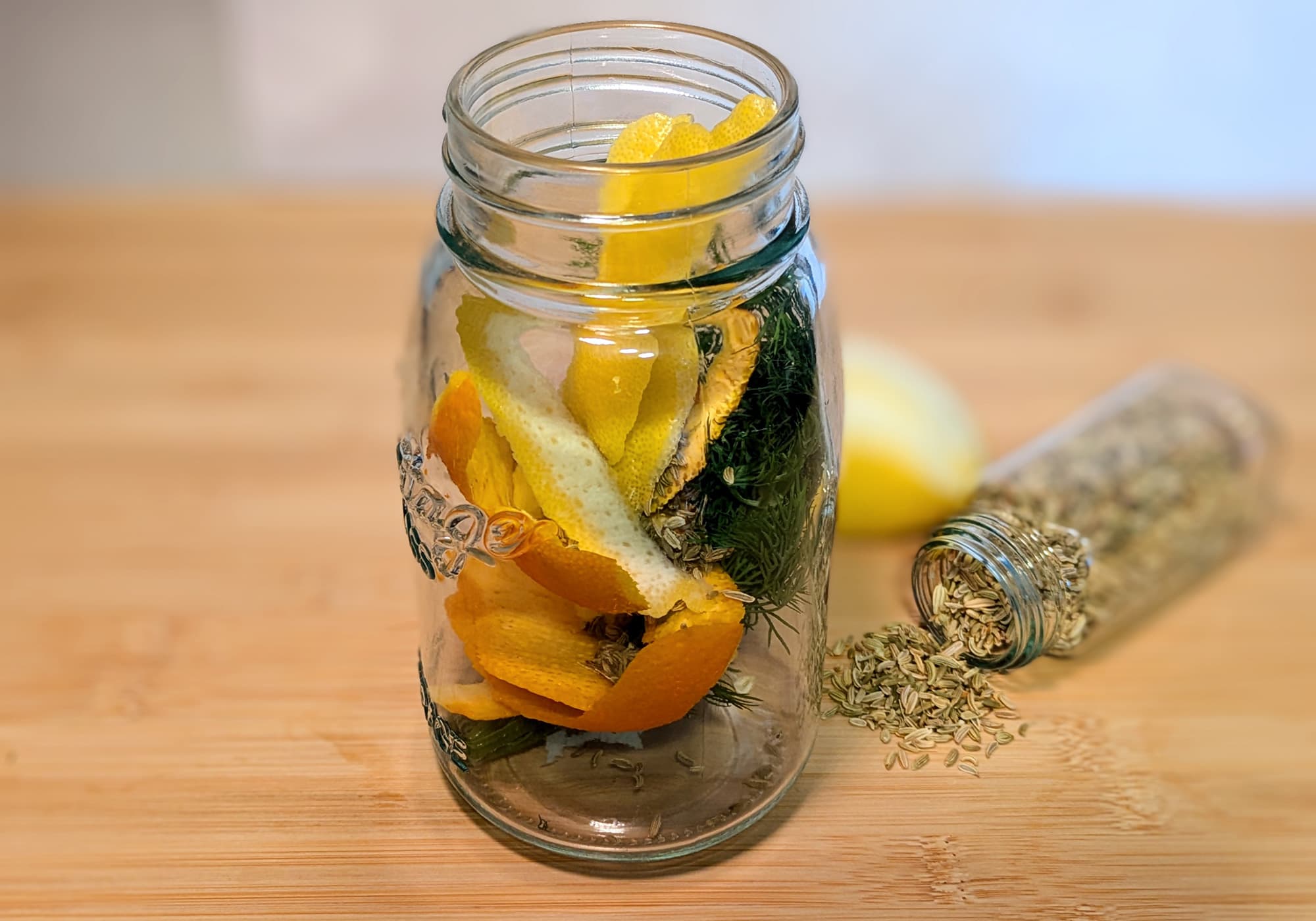
Bitters are an essential item in the bartender’s toolkit—whether home or pro—and nothing sets a great cocktail apart like a handmade, bespoke version.
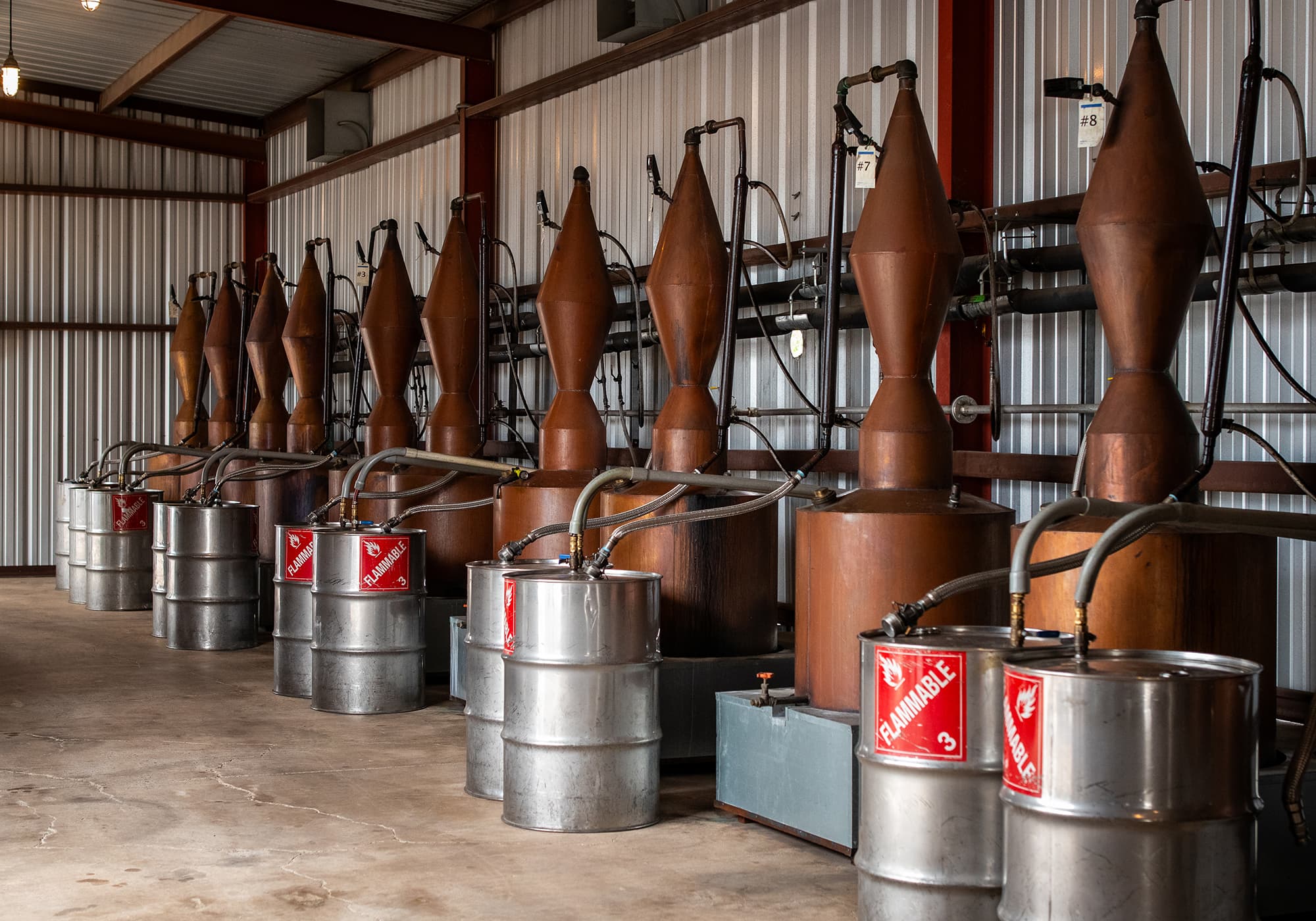
Smaller distilleries can tap into flavors and opportunities that may not be available at larger scale, whether that’s to support modest growth or simply to make the best possible spirit.

When it comes to diluting a spirit before packaging, deliberate slowness has a strong following among distillers. Yet there’s a lack of hard evidence to back up the approach—or to dismiss it.

Bob Dillon joins the podcast to discuss the technical and artistic vision behind his more familiar spirits as well as his ACSA best-in-show-winning Vidisha’s Masala liqueur.

From methods to ensure healthy fermentation to fementor choices to cleaning procedures, yeast selection, and time, the decision tree that a distiller follows when designing a fermentation regimen has tremendous impact on the character of the final product.

As a distiller, you need to ensure that the water you’re using for dilution is helping, not harming, your products. Here’s what to know.
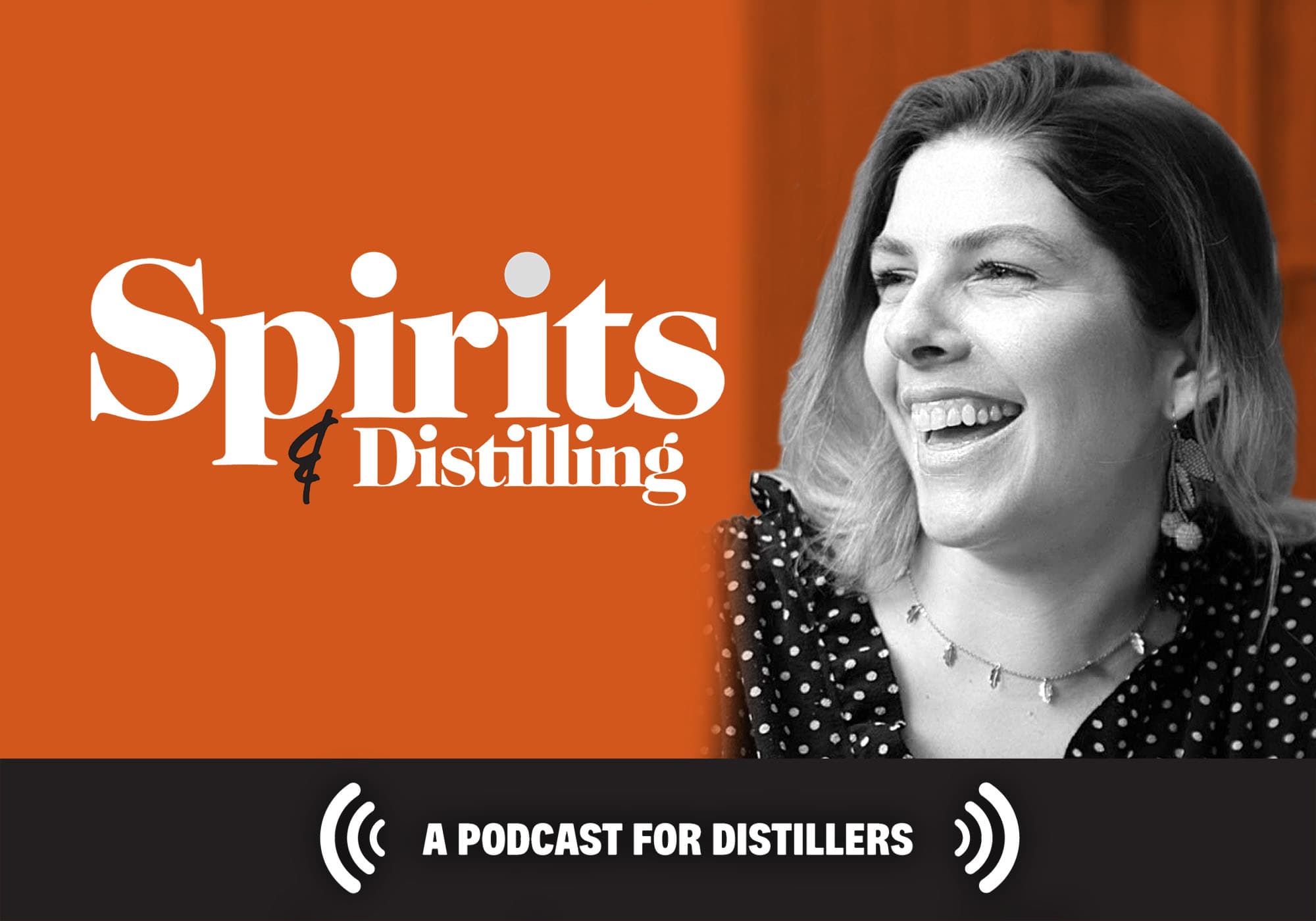
Whether she’s distilling in far-flung locales, blending beautiful spirits, or writing about others’ processes, Devon Trevathan crafts stories in both words and flavors.
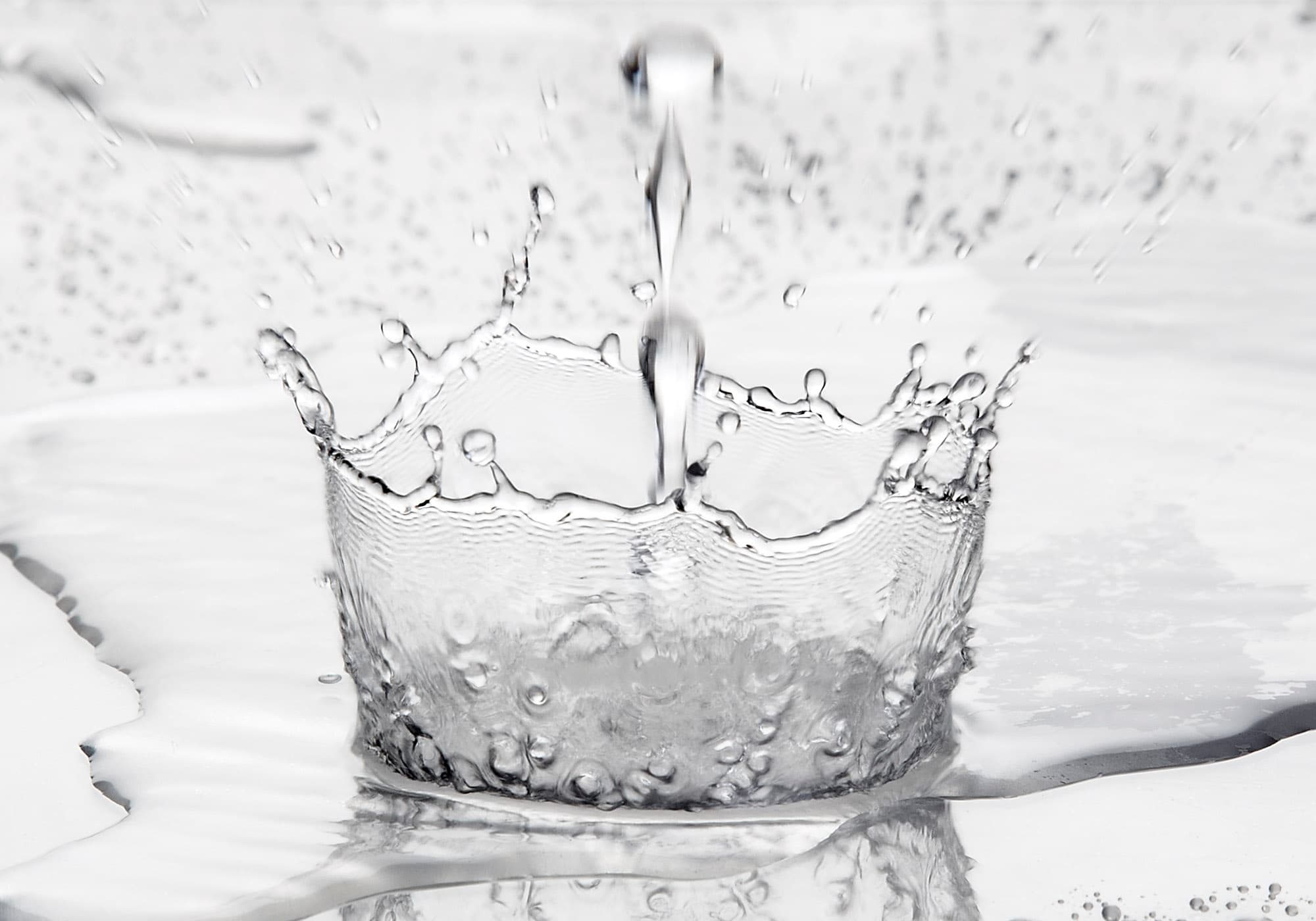
Water is an essential component to producing high-quality spirits. Knowing how it affects your mash is what can take your products from good to great.

Mushrooms offer a range of characteristics that may appeal to consumers, whether they’re seeking flavor in spirits or function in NA beverages.
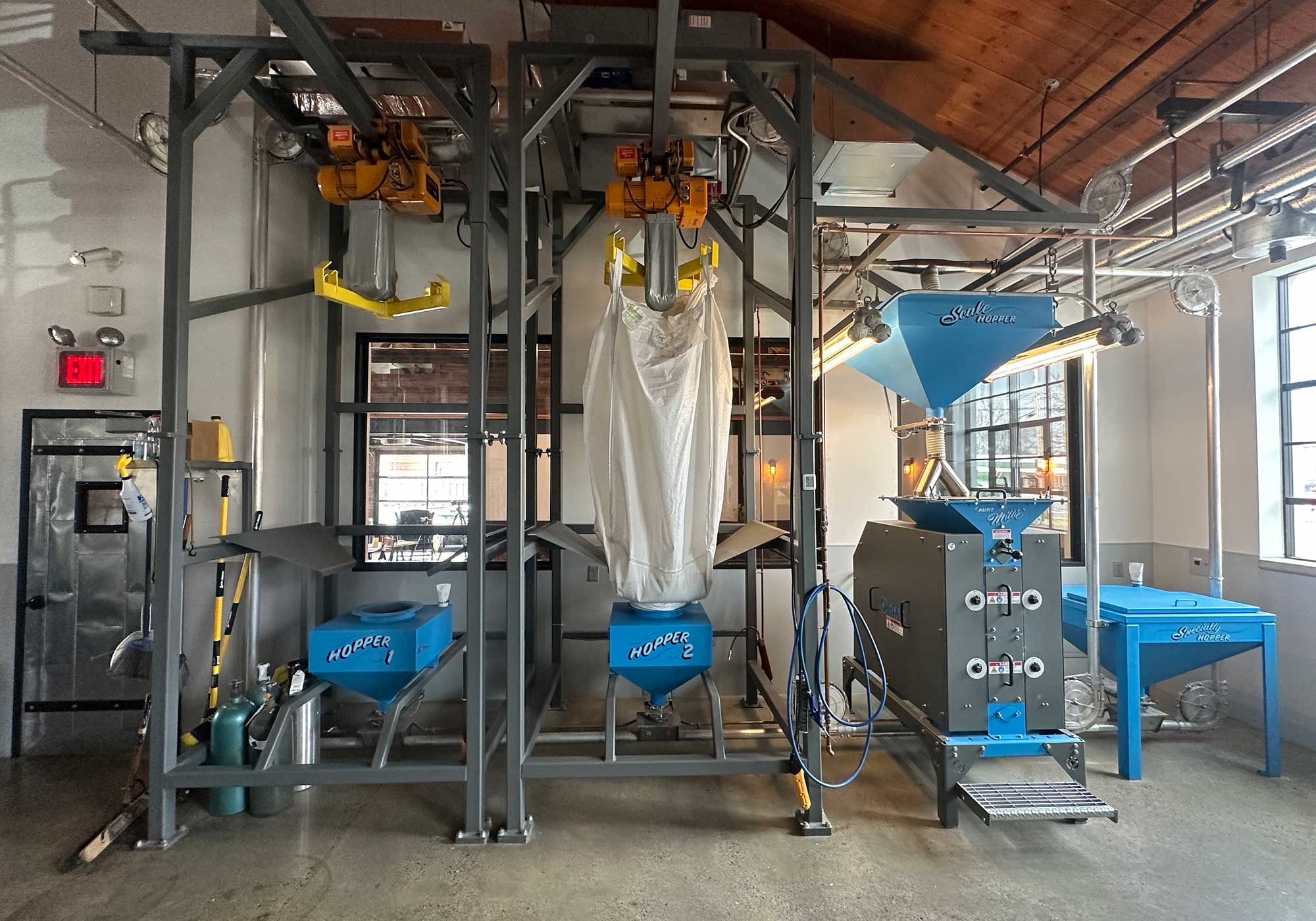
A distillery’s goals tend to influence its choice of equipment, as different spirits call for different ways to process grain or other fermentables. Here’s a primer.
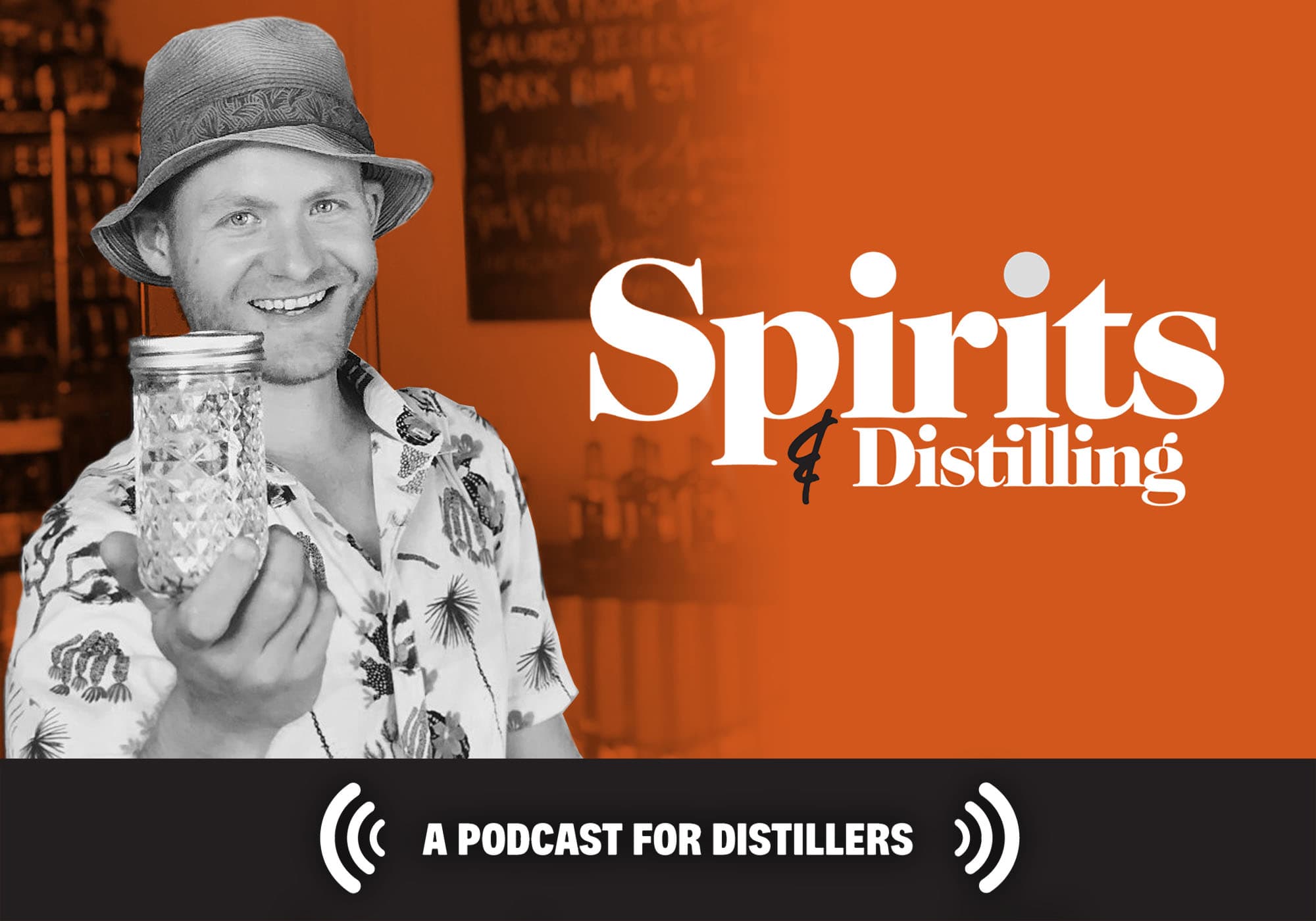
Rum with distinctive character and refined expression is key for this Maryland distillery, and head distiller Brett Steigerwaldt doesn’t leave flavor up to fate.
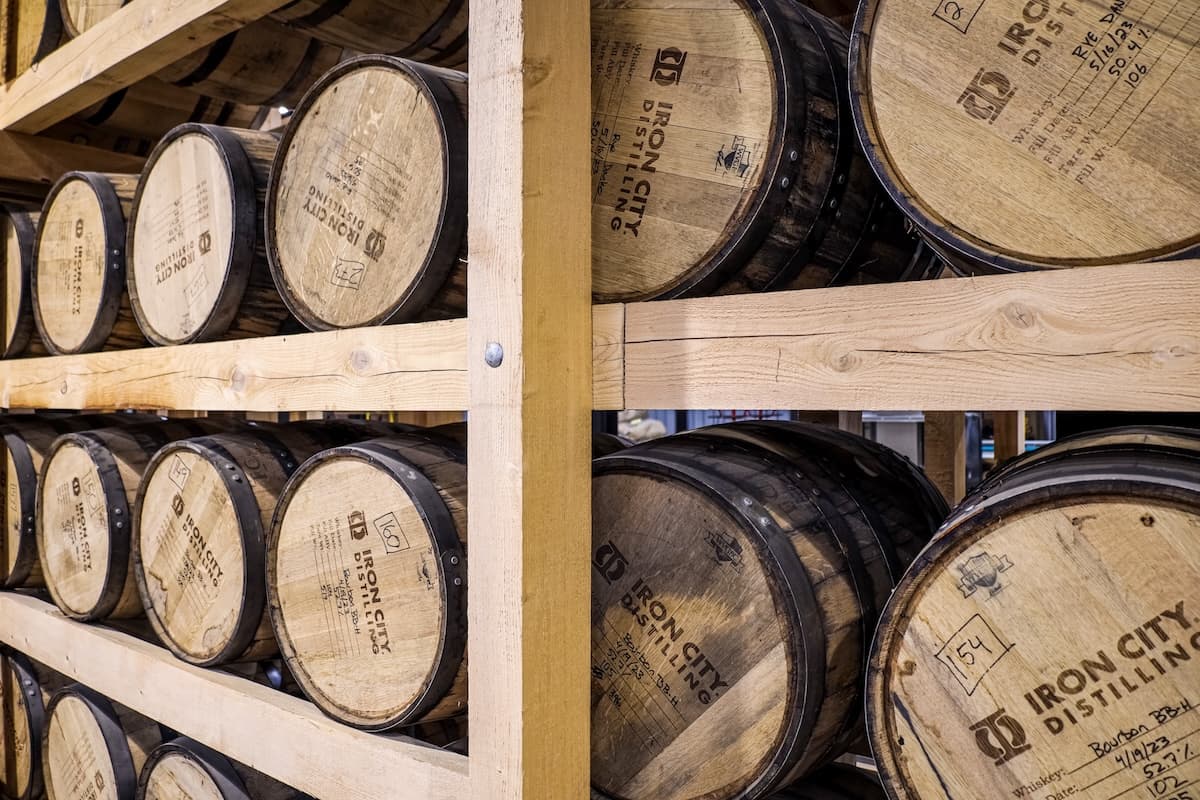
The available data around flavor impacts is unclear—even contradictory—but this much we know: Distilling a range of strengths for the barrels will give you a broader range of blending options.
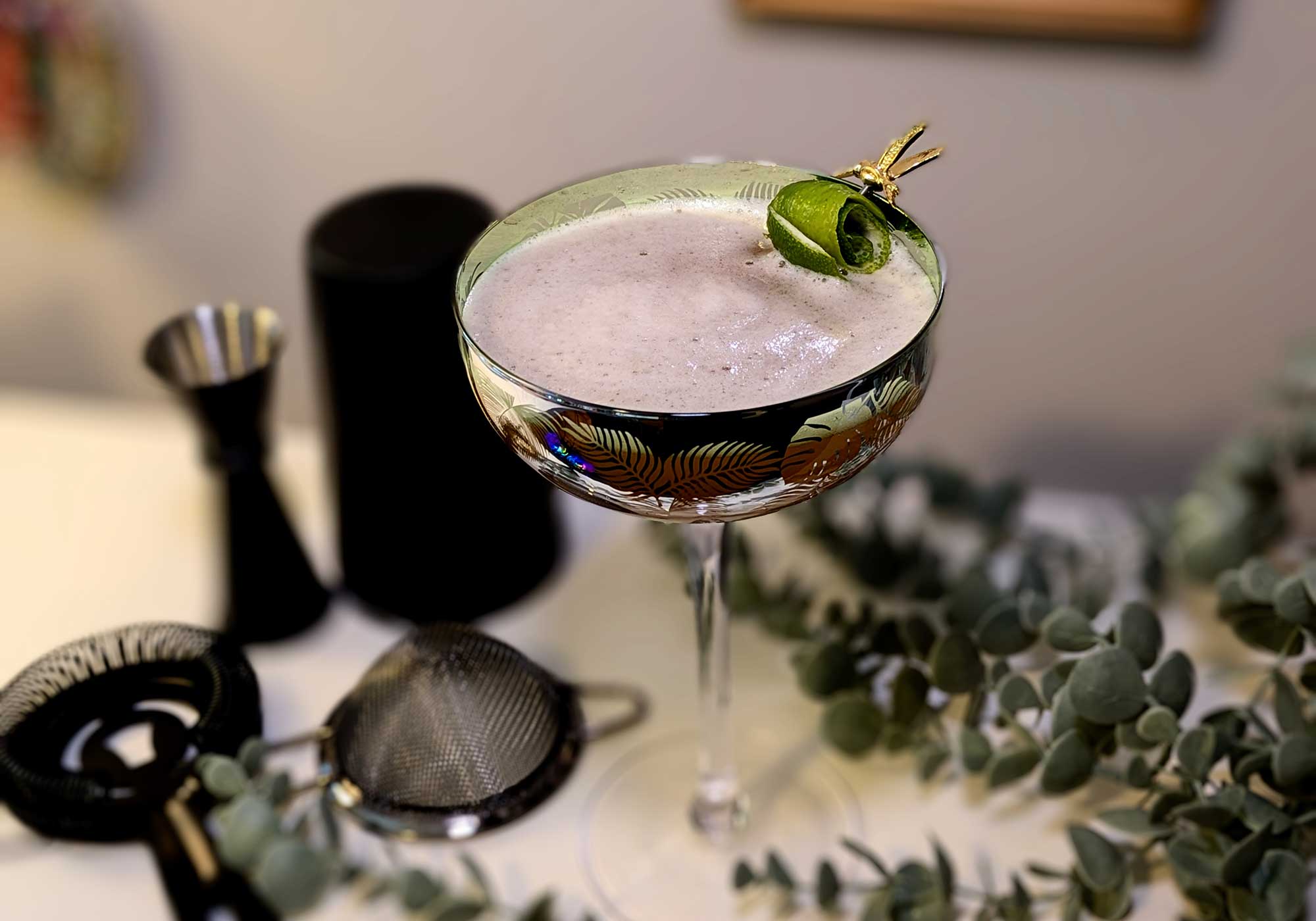
For Women’s History Month, we mix up some cocktails in honor of those who pushed for a seat at the table and a place behind the bar.
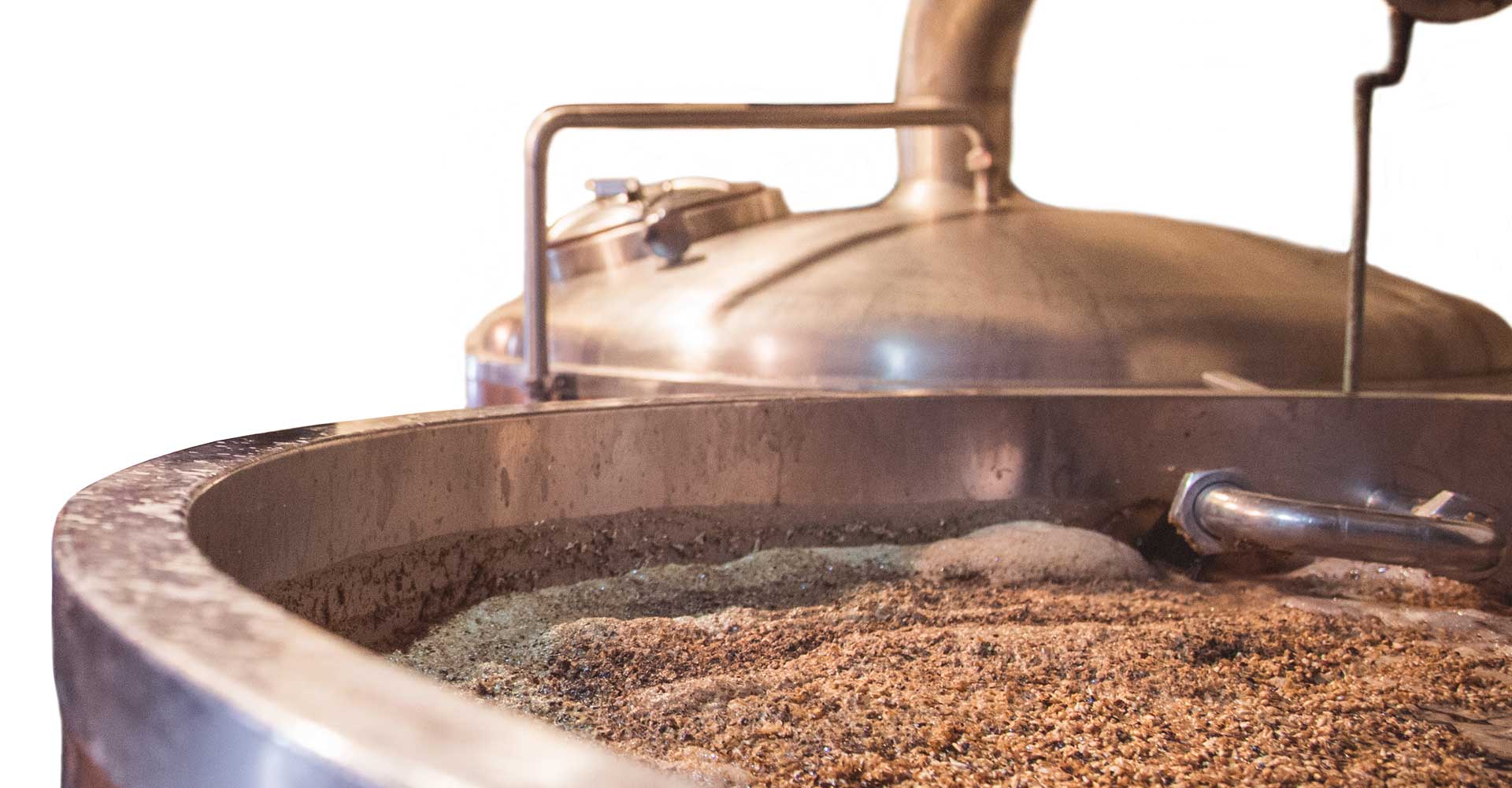
Understanding the fundamentals of proper mashing or cooking can be essential to producing good spirits.

As a chemist with a background in pharmaceutical quality, Ashley Barnes developed scientific discipline and a data-driven approach. Now as master blender at the Blending House, she applies that same rigor to the subject of aging and blending spirits.

Adding a brewery to a distillery—or vice versa—can open up some options for makers, bringing new efficiencies and opportunities for creativity.

Aging barrels on rivers and waterways offers distillers a unique profile—and an intriguing story—for their spirits. However, there are some legal and technical challenges to overcome.
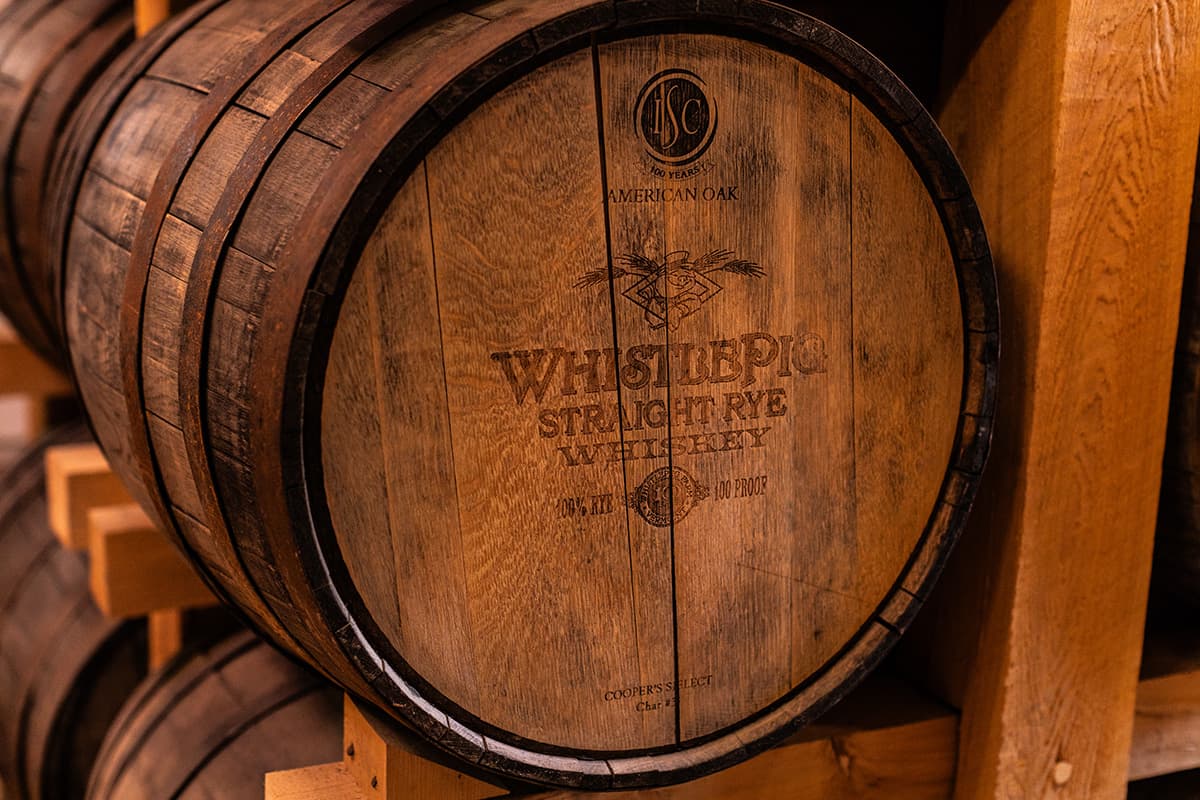
R&D distiller Mitch Mahar describes the innovation program that helps WhistlePig choose single-cask finishes worth pursuing, as well as potential threads for their annual Boss Hog special release.